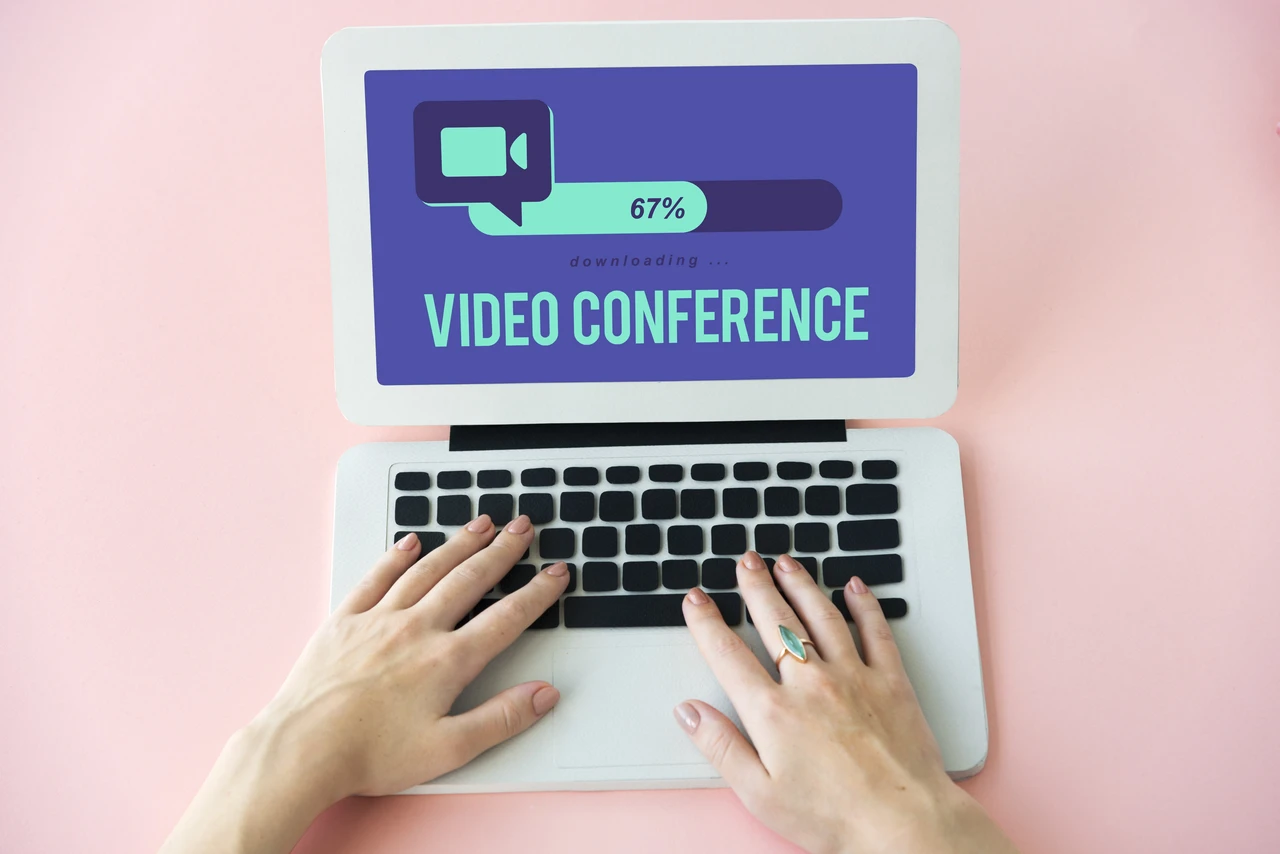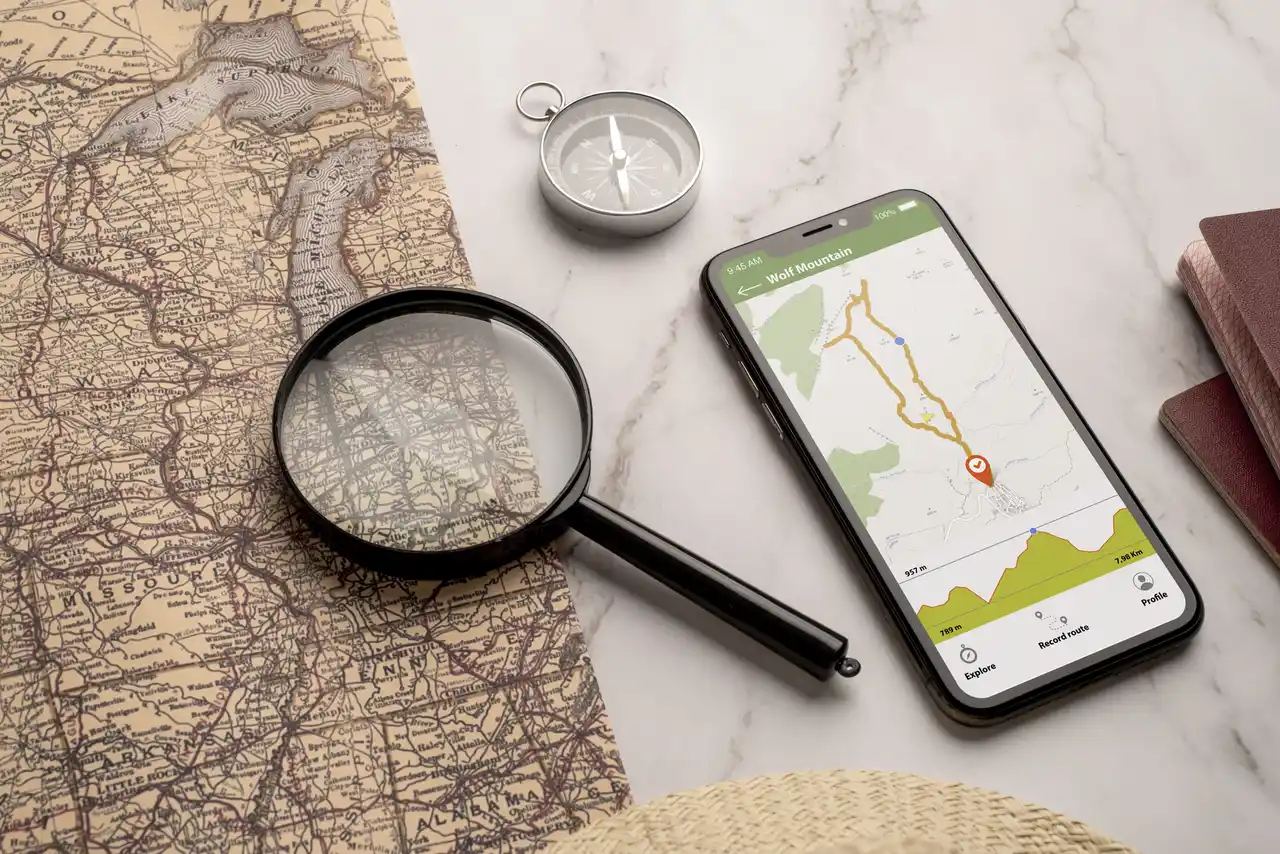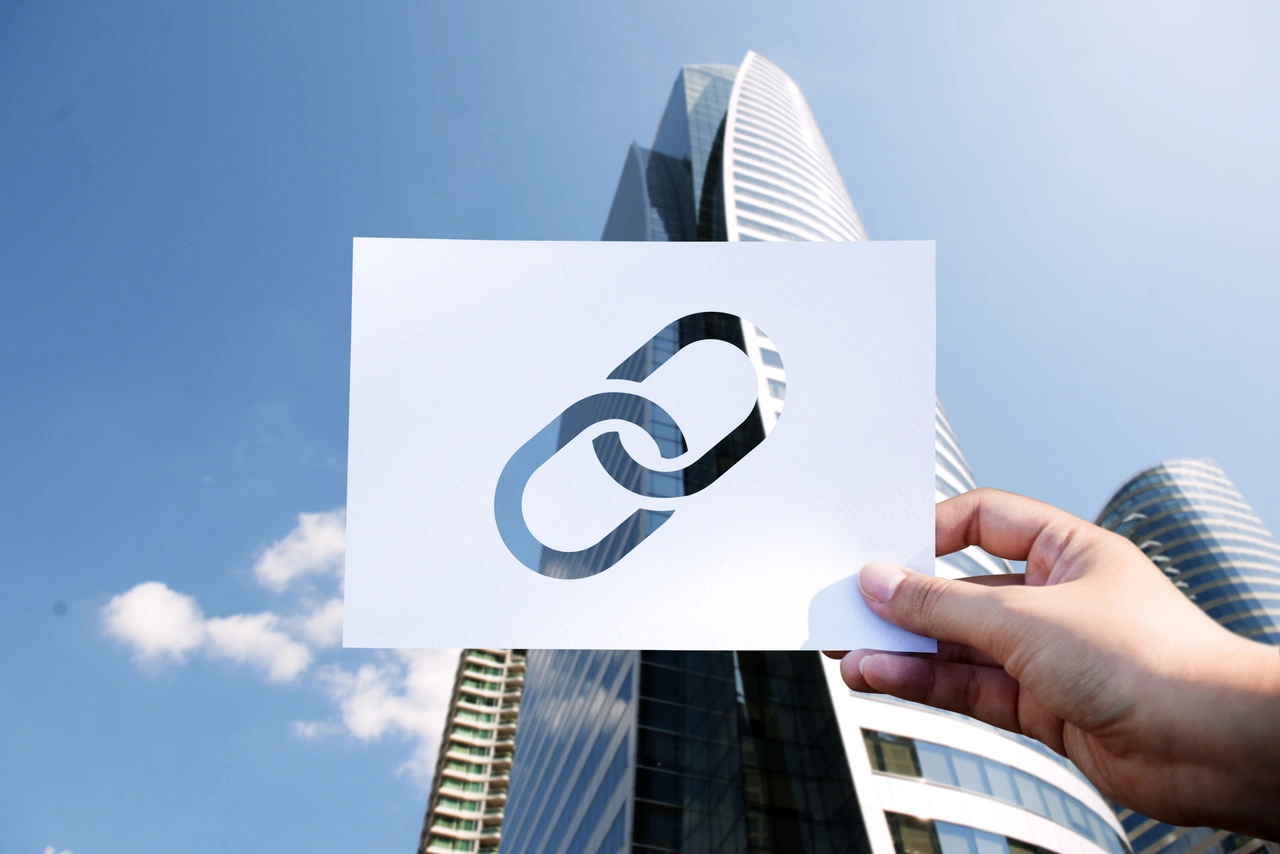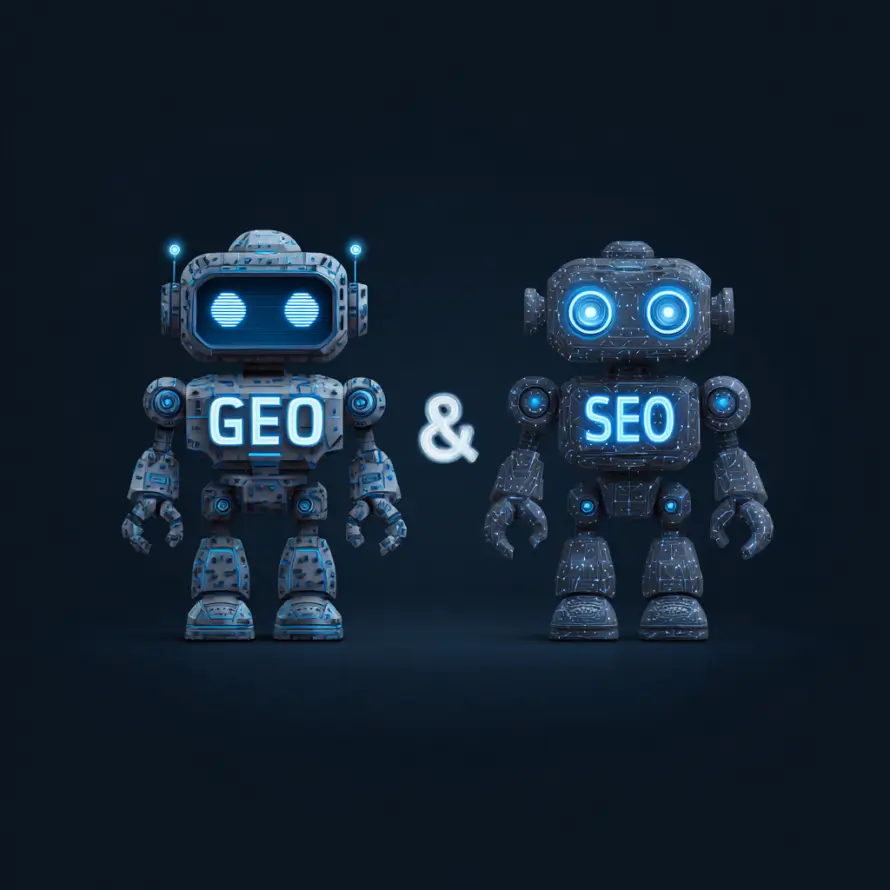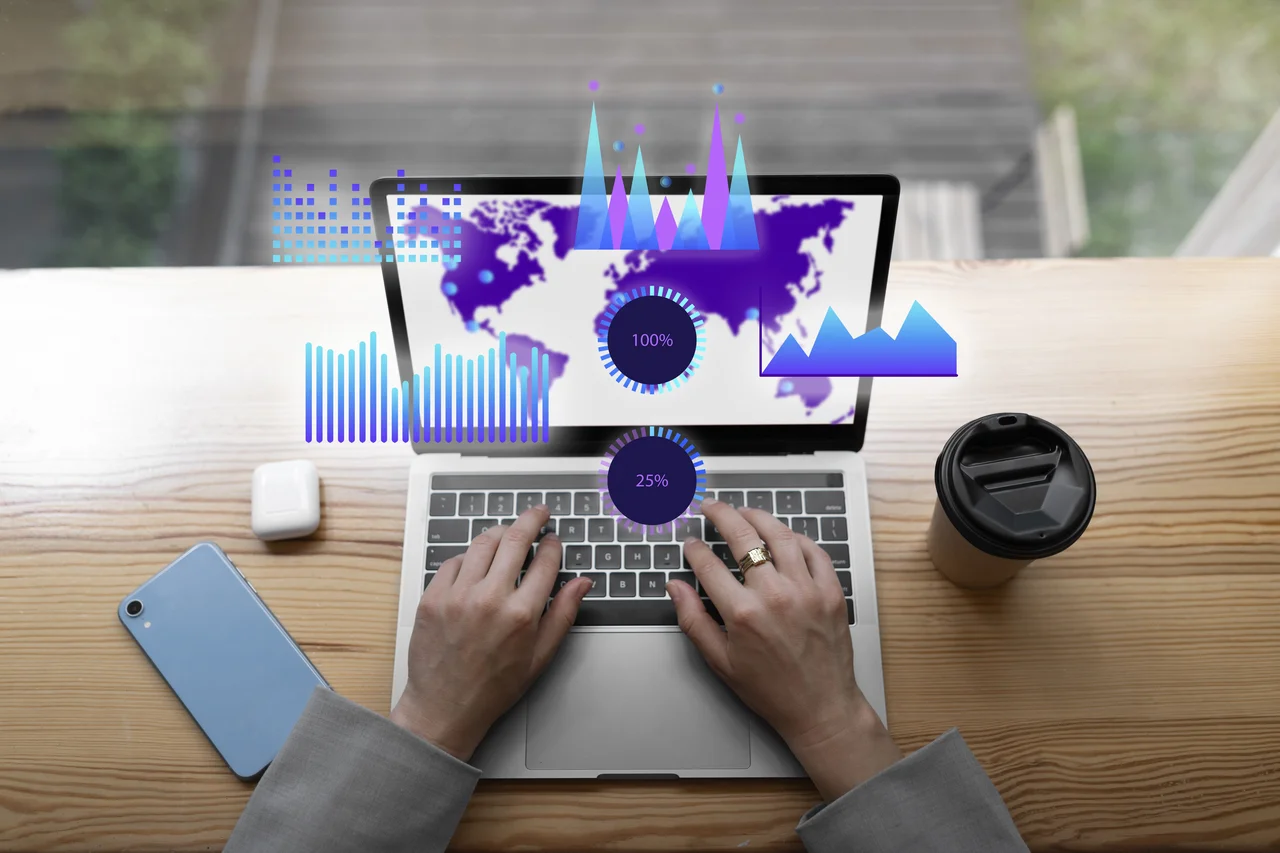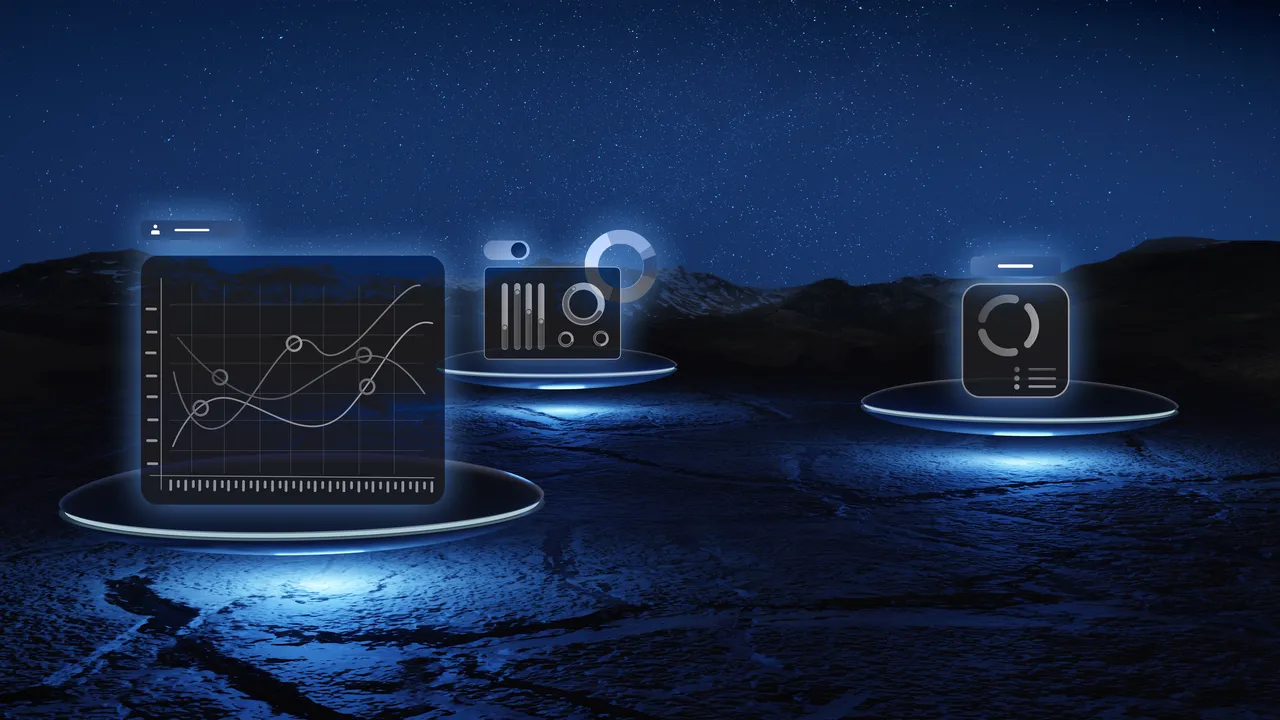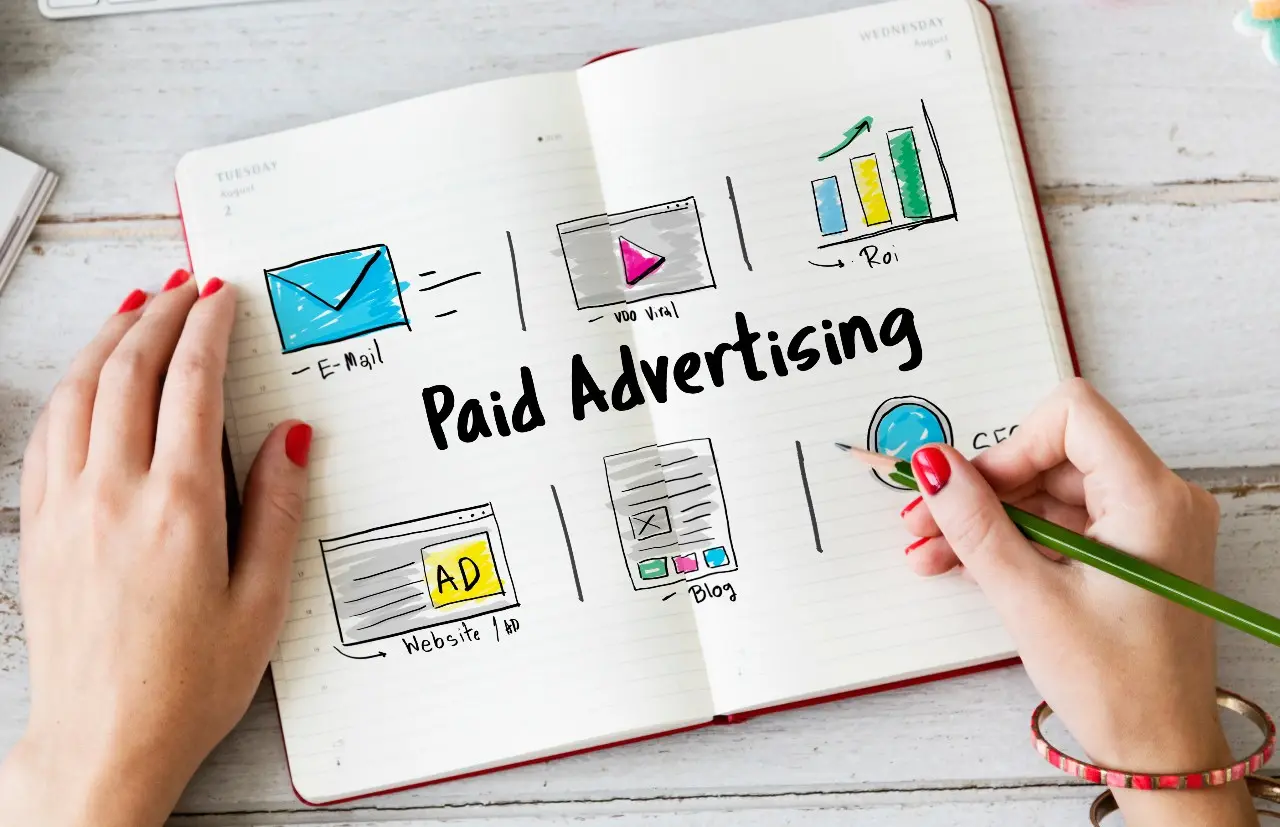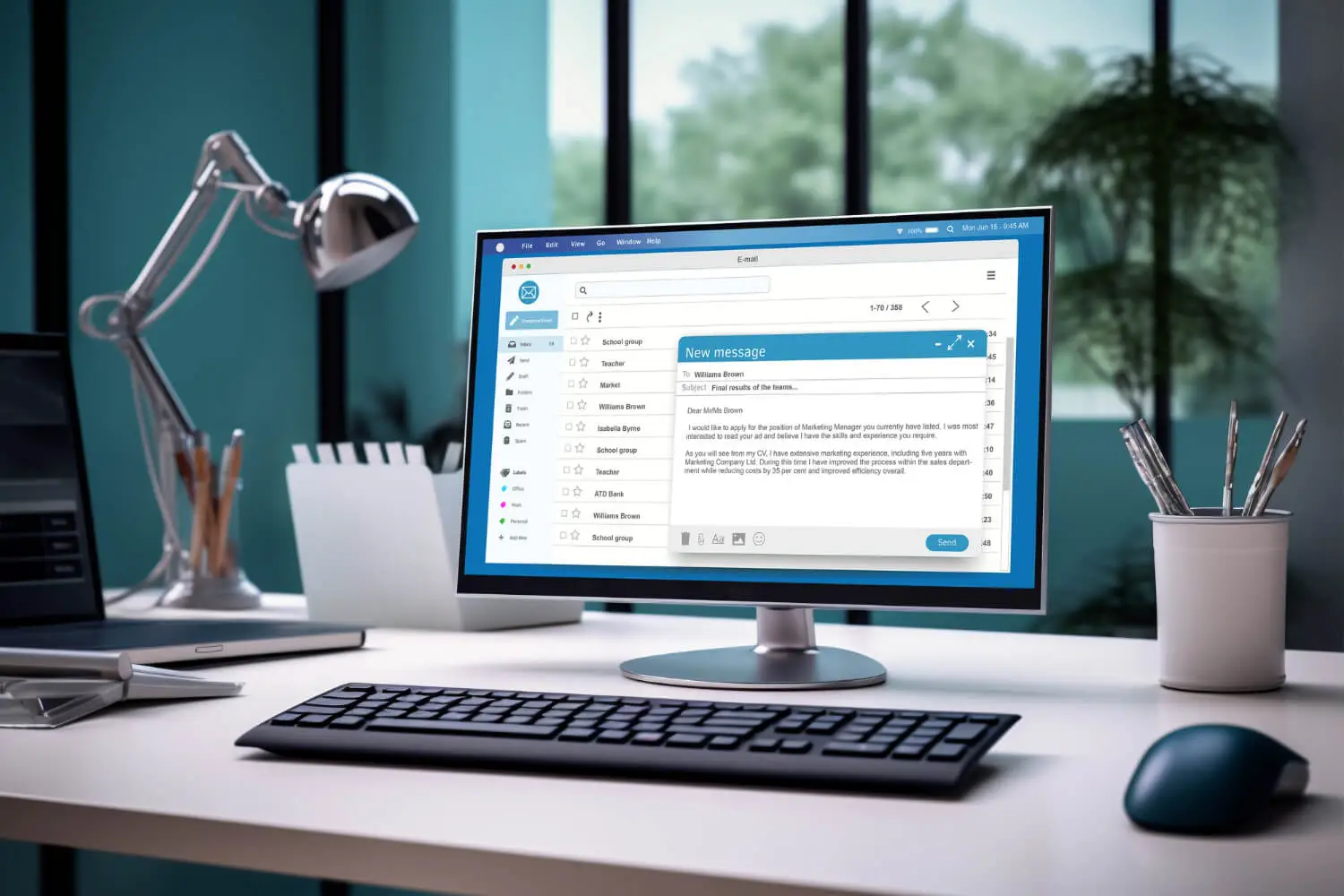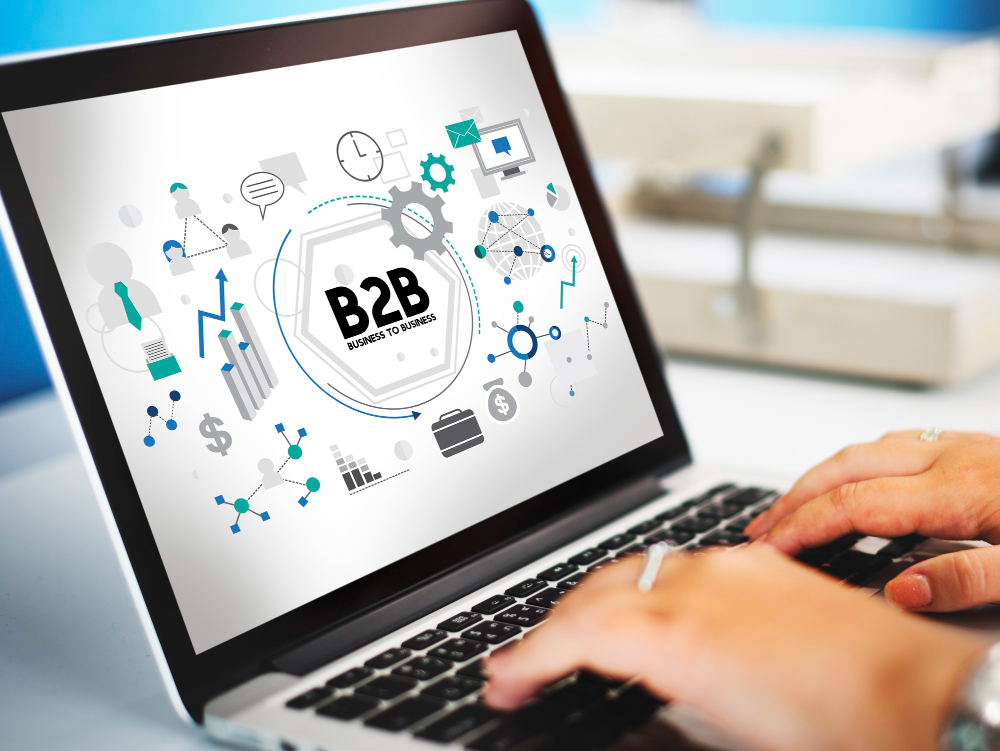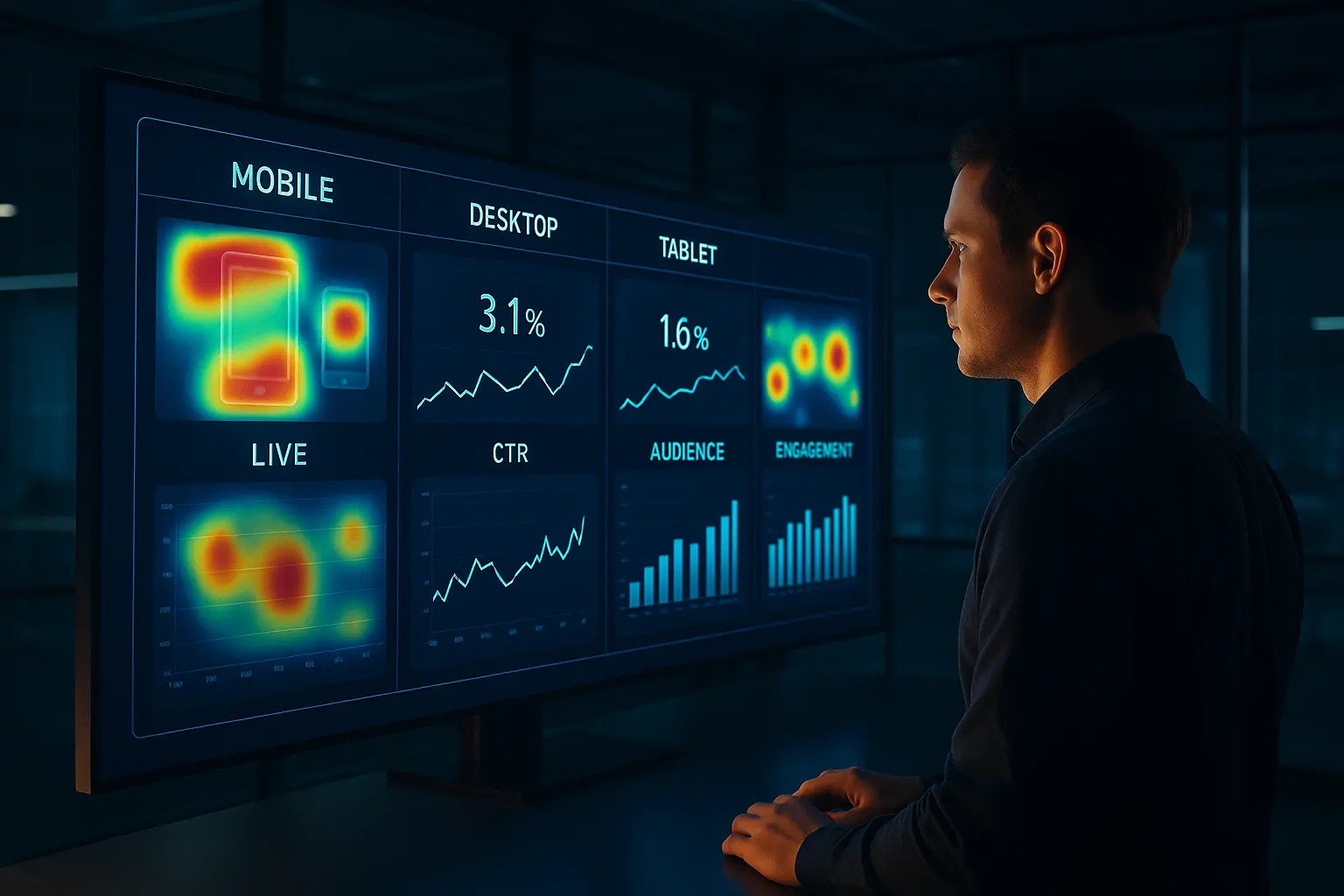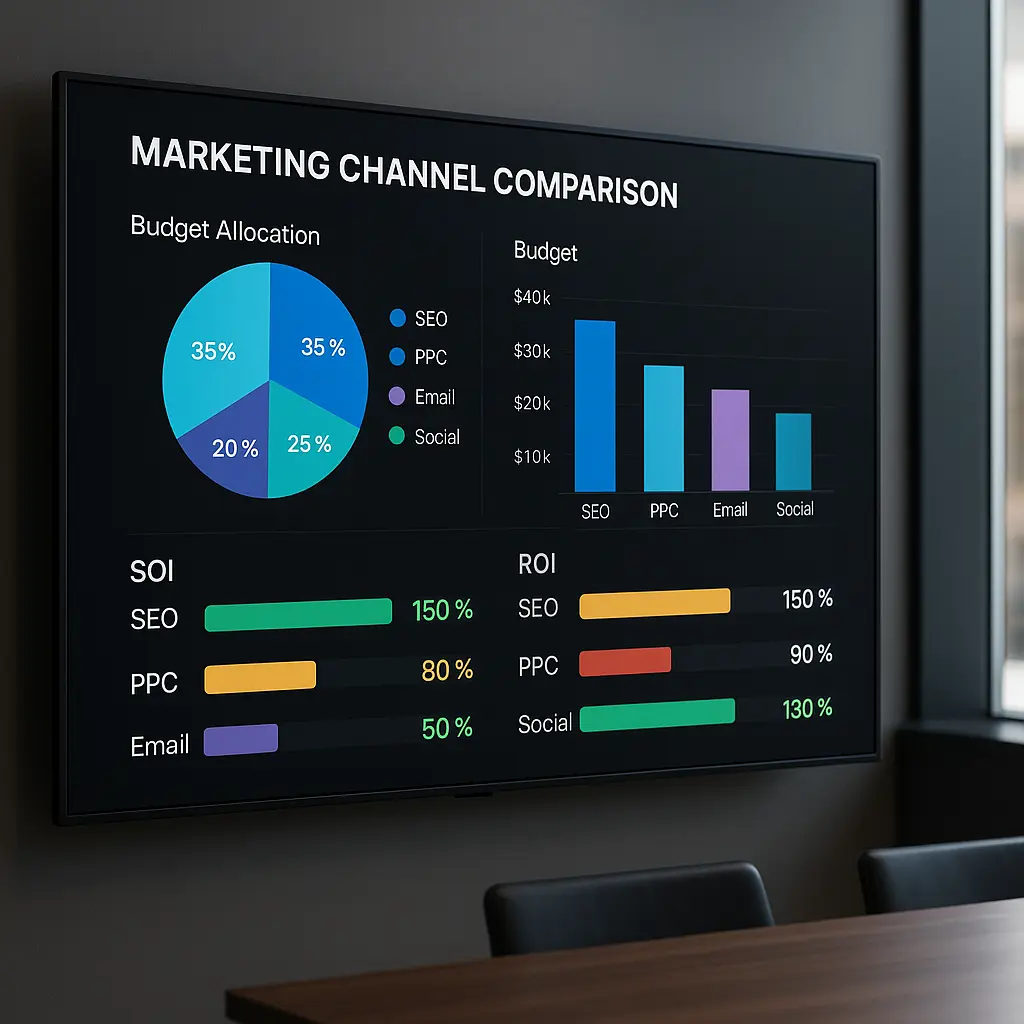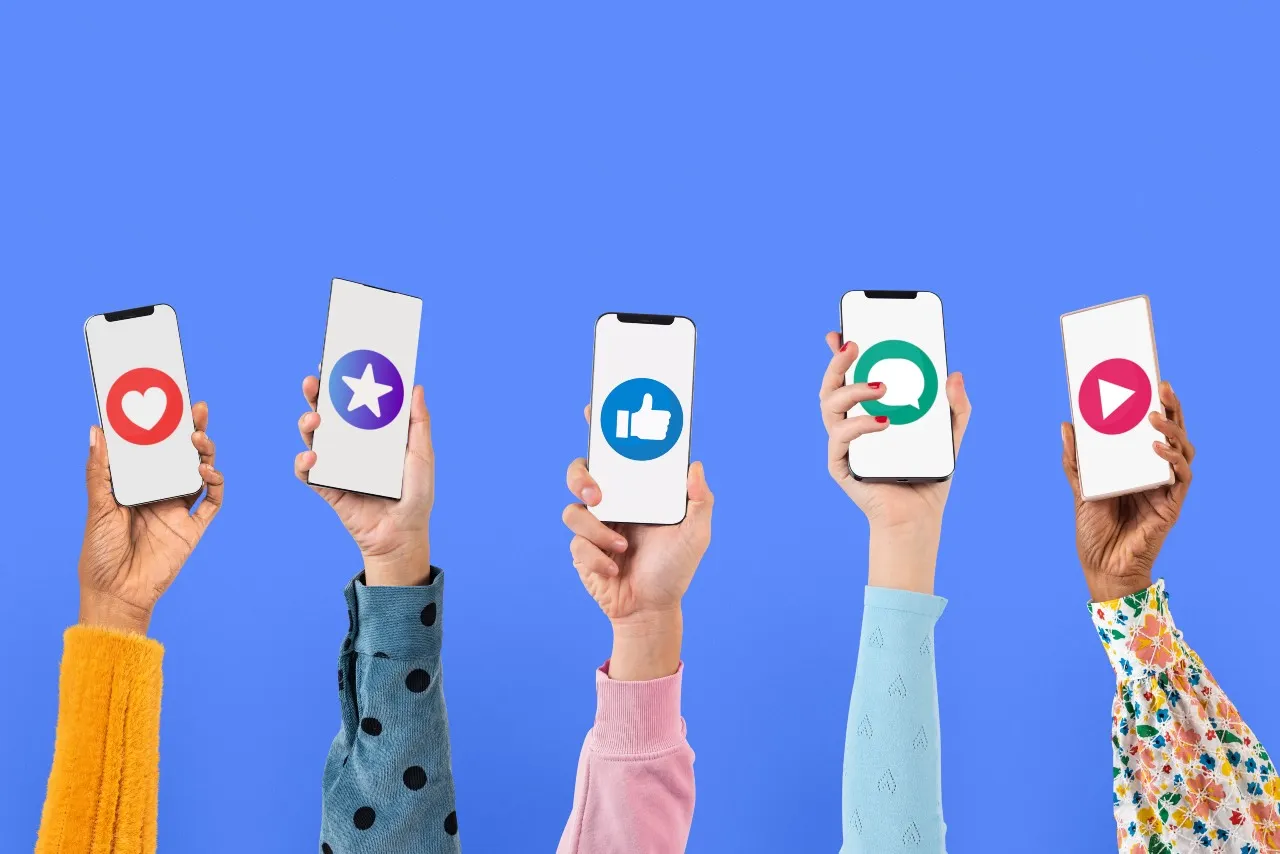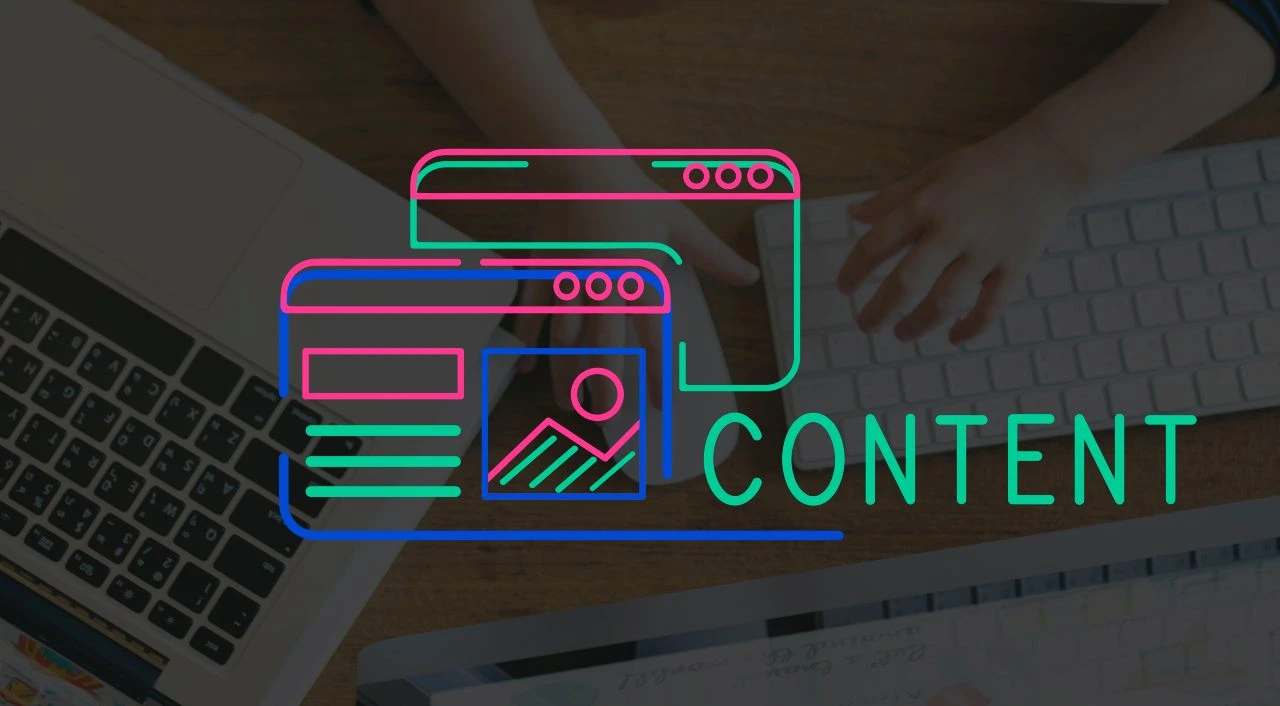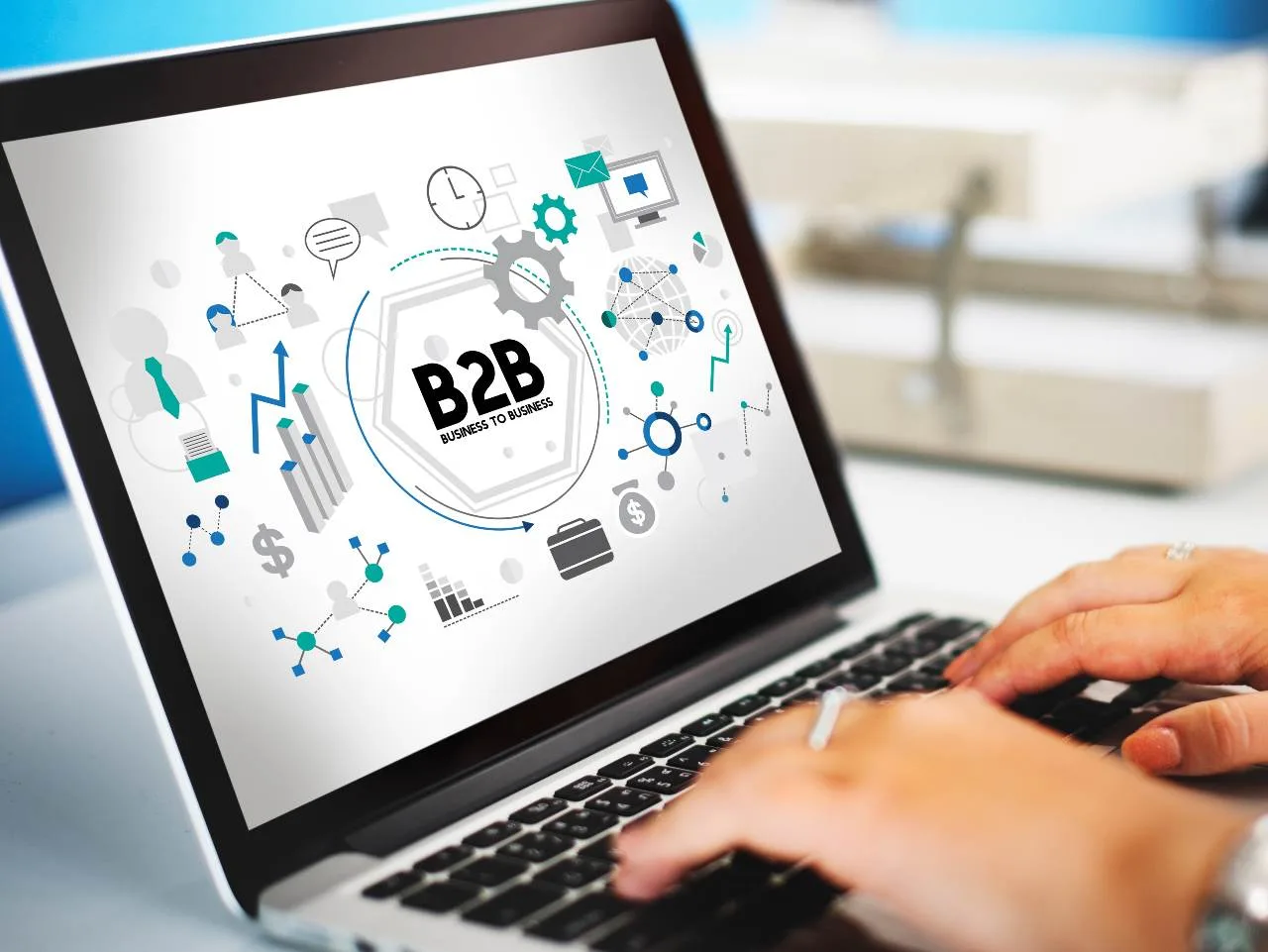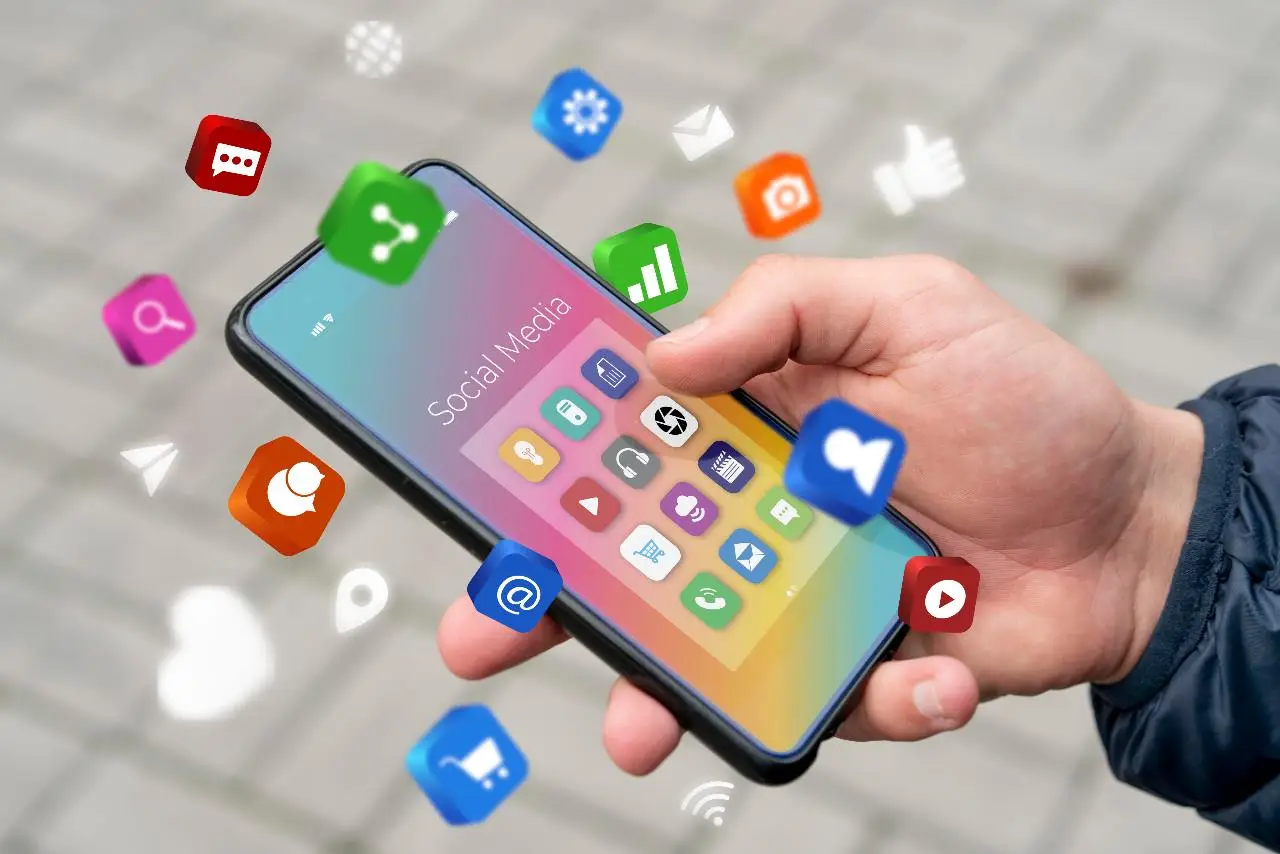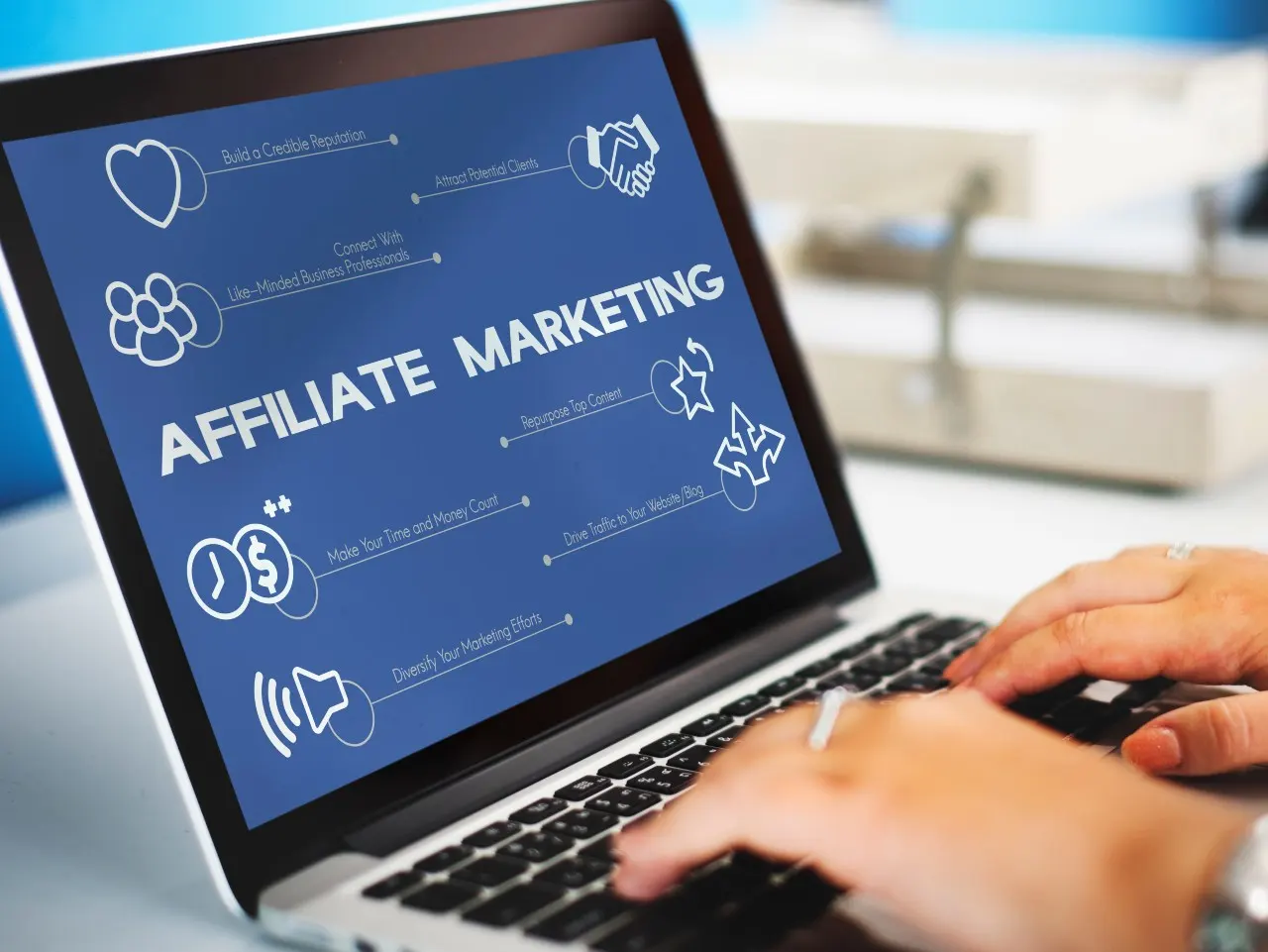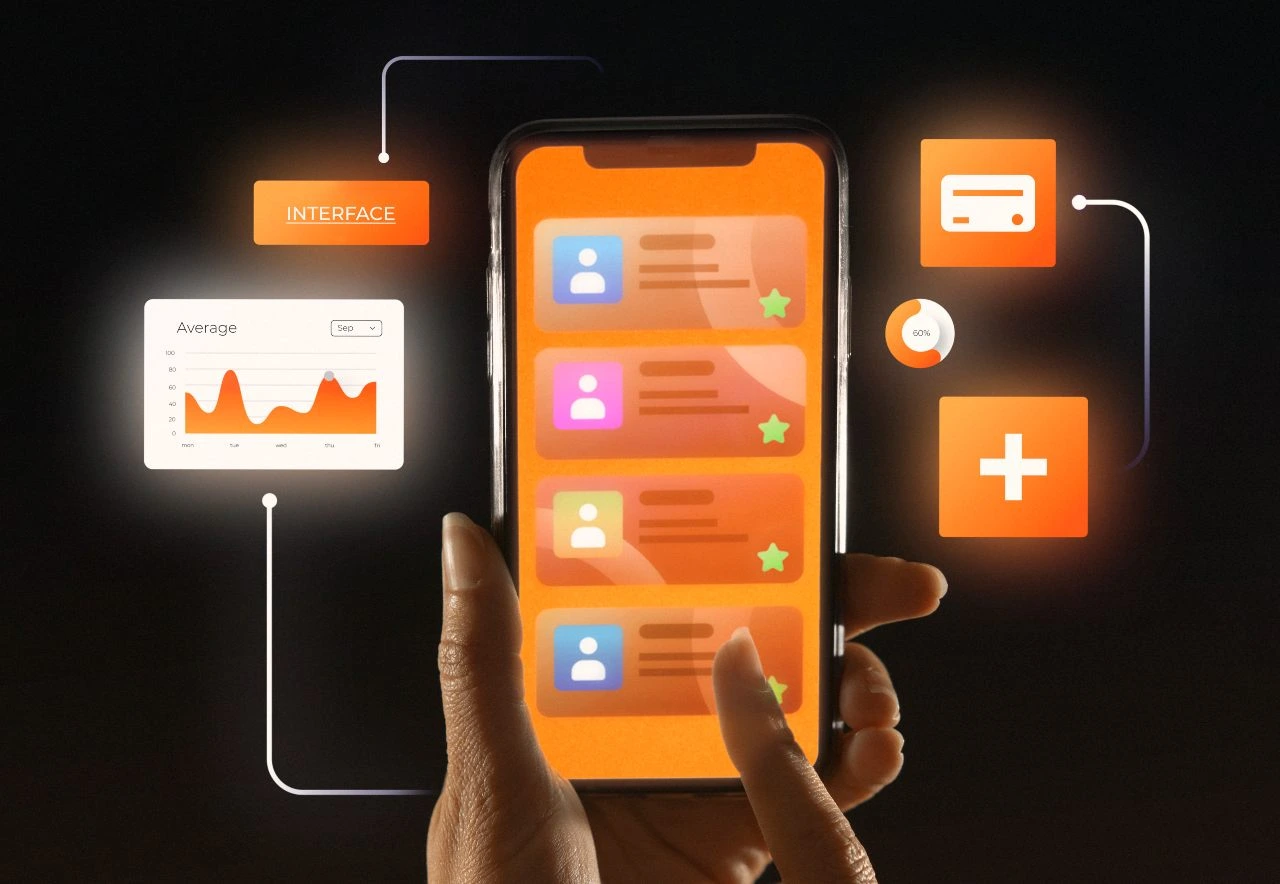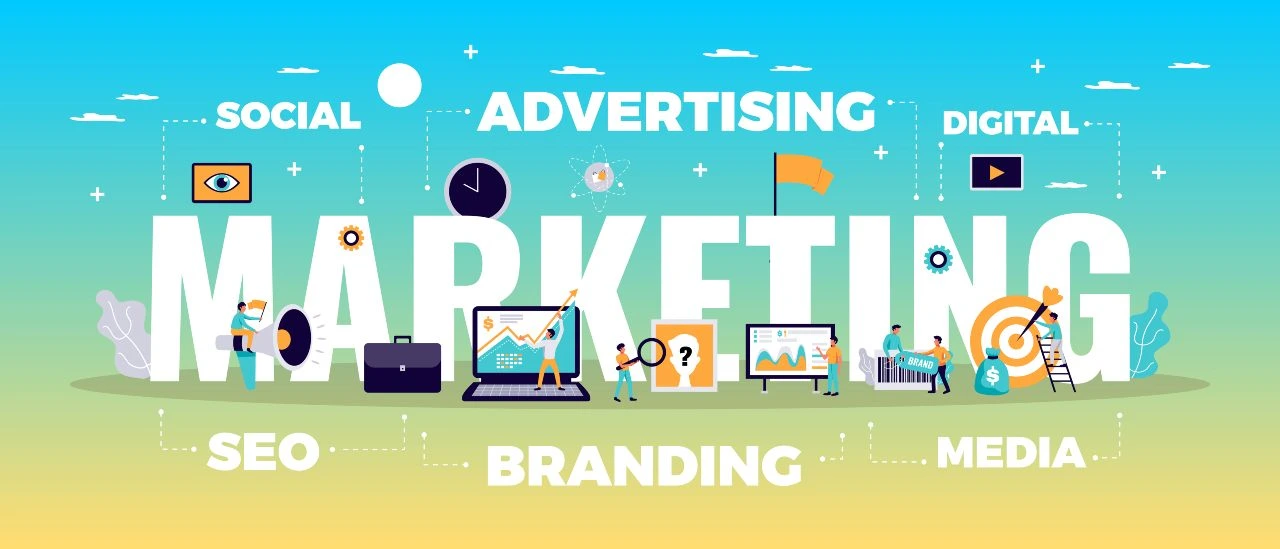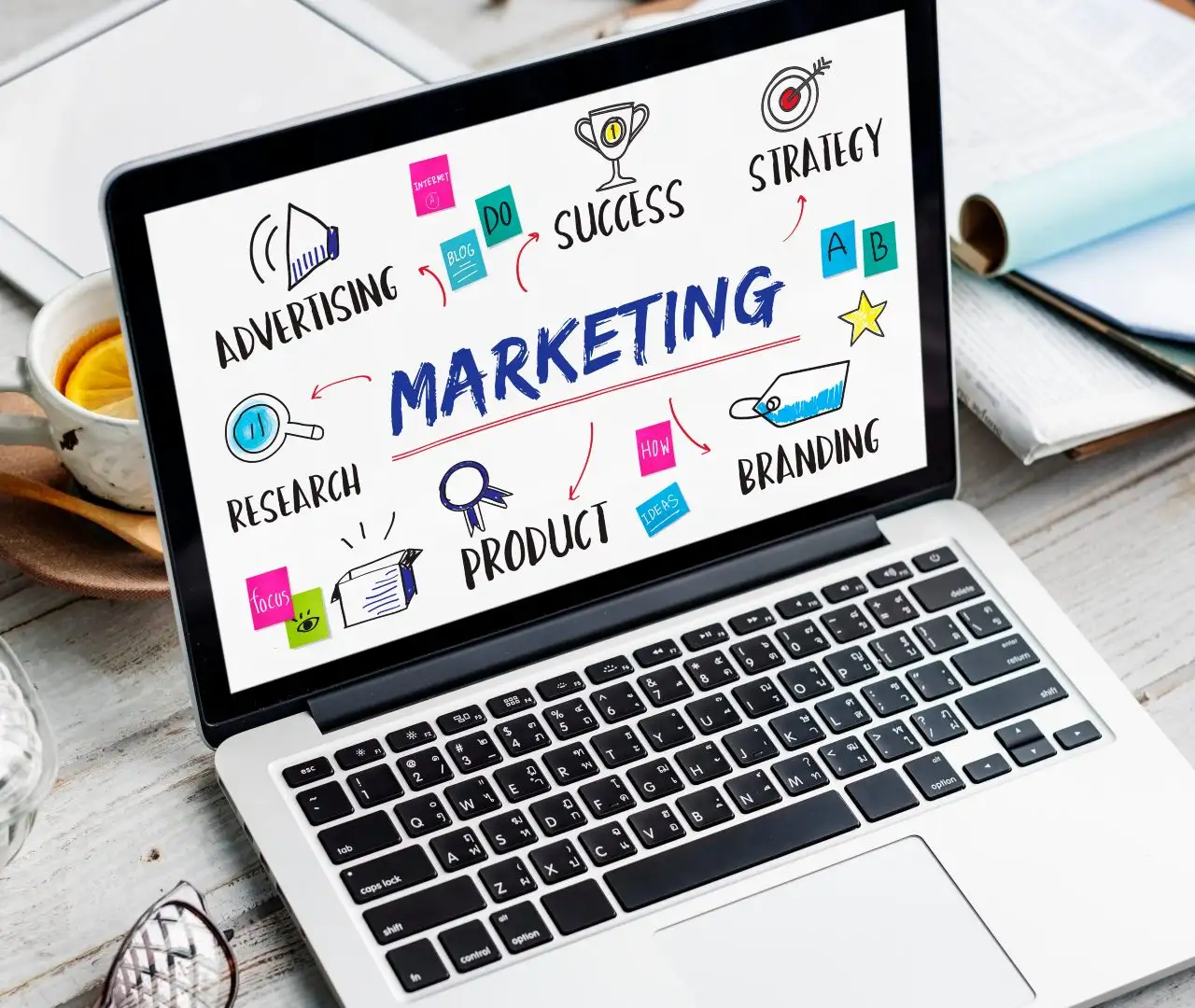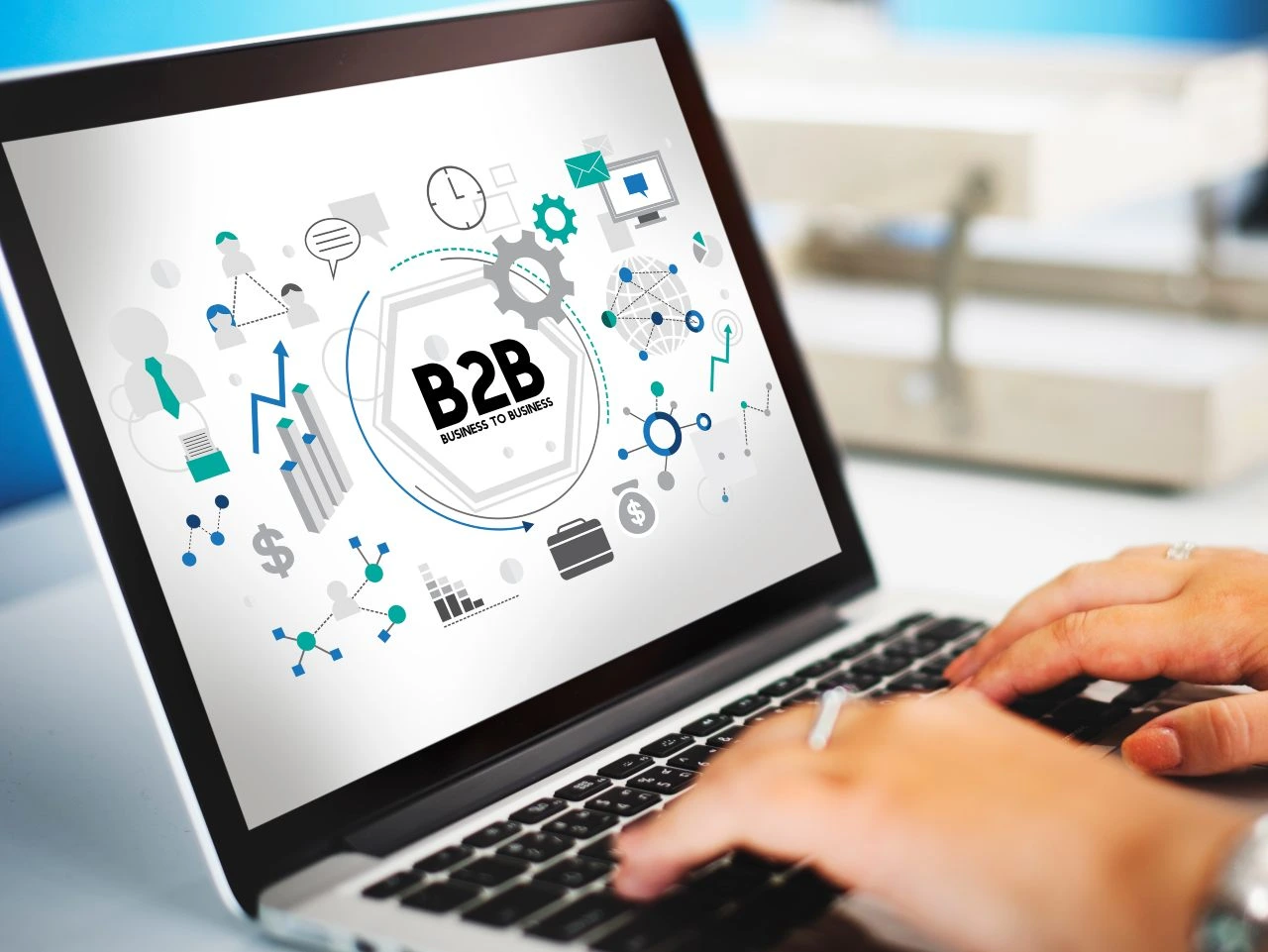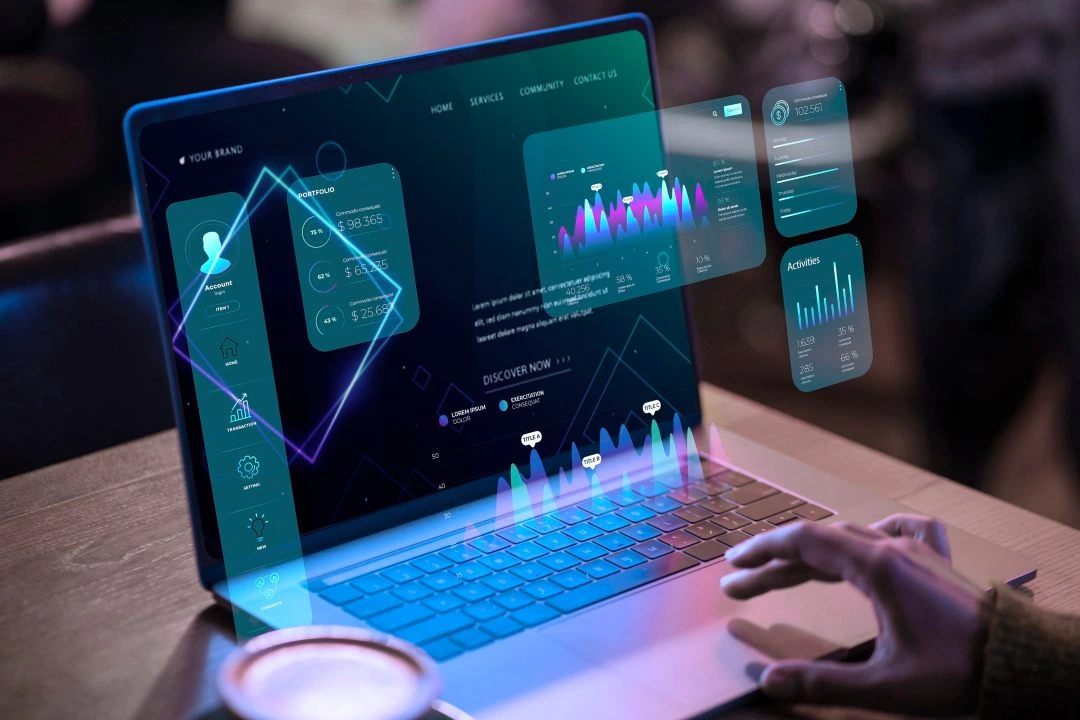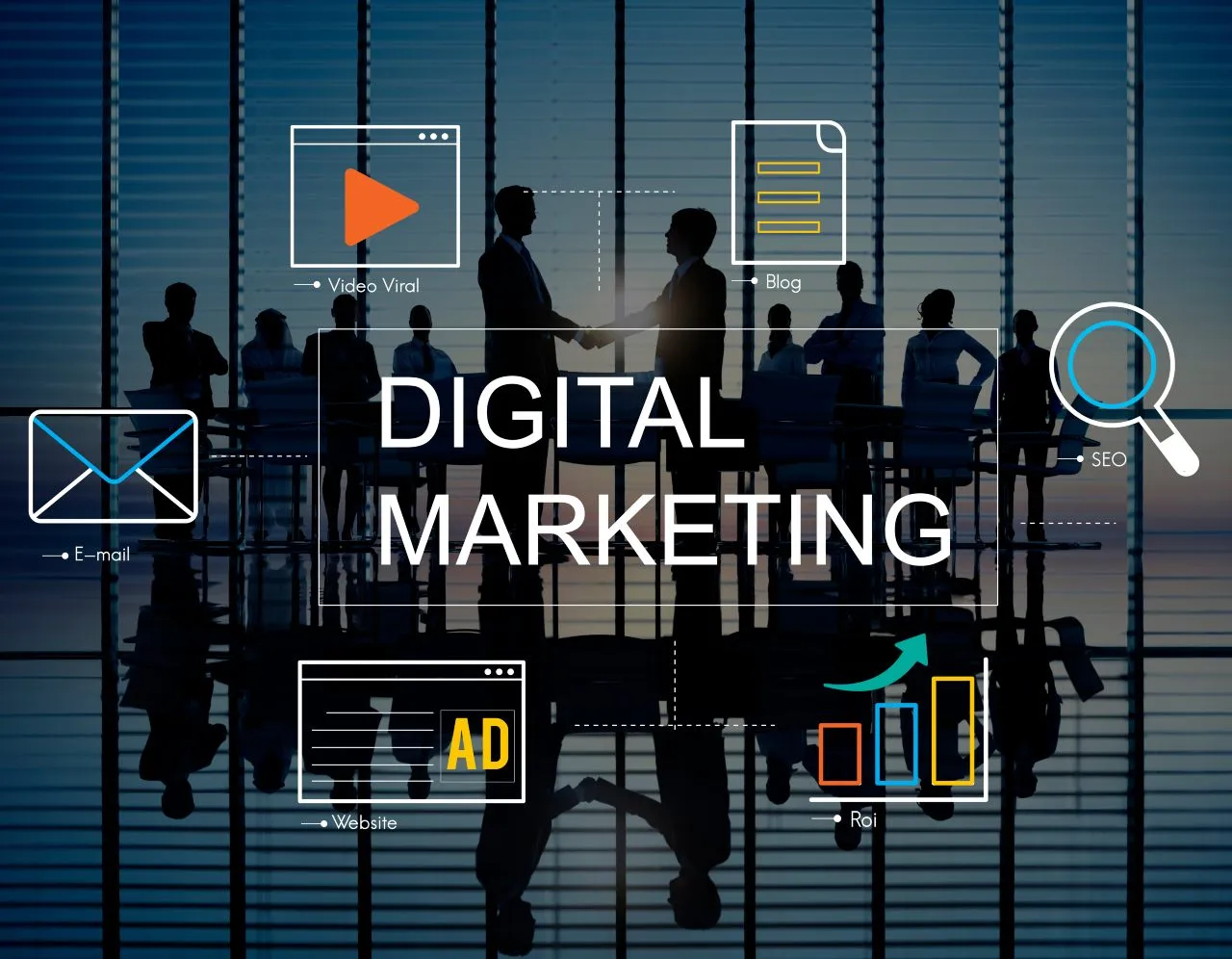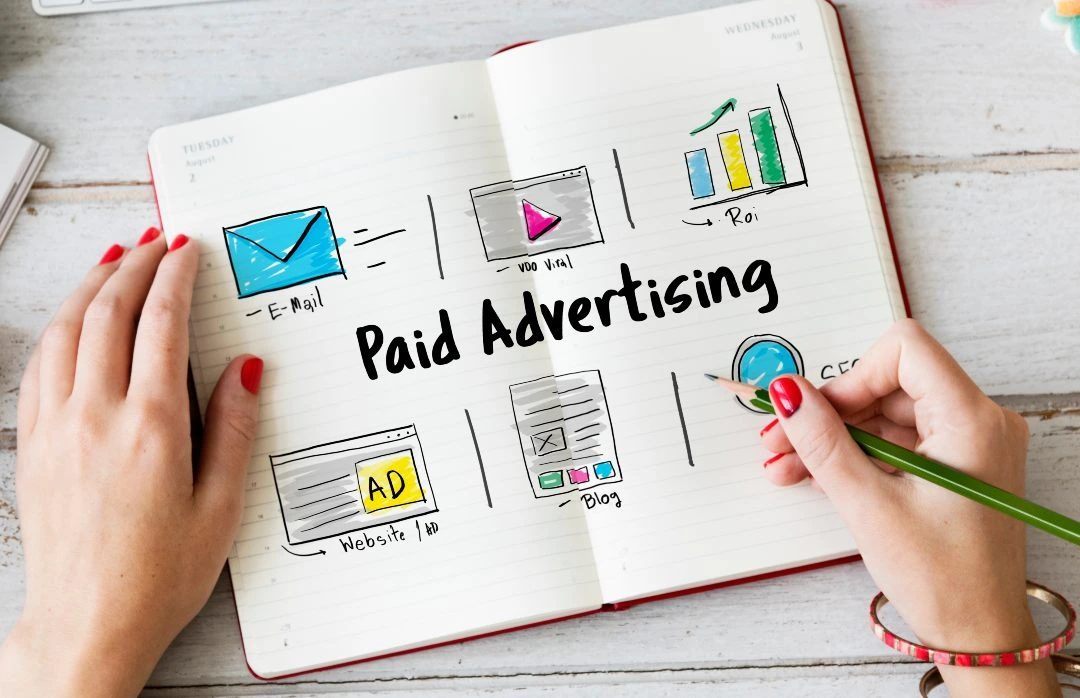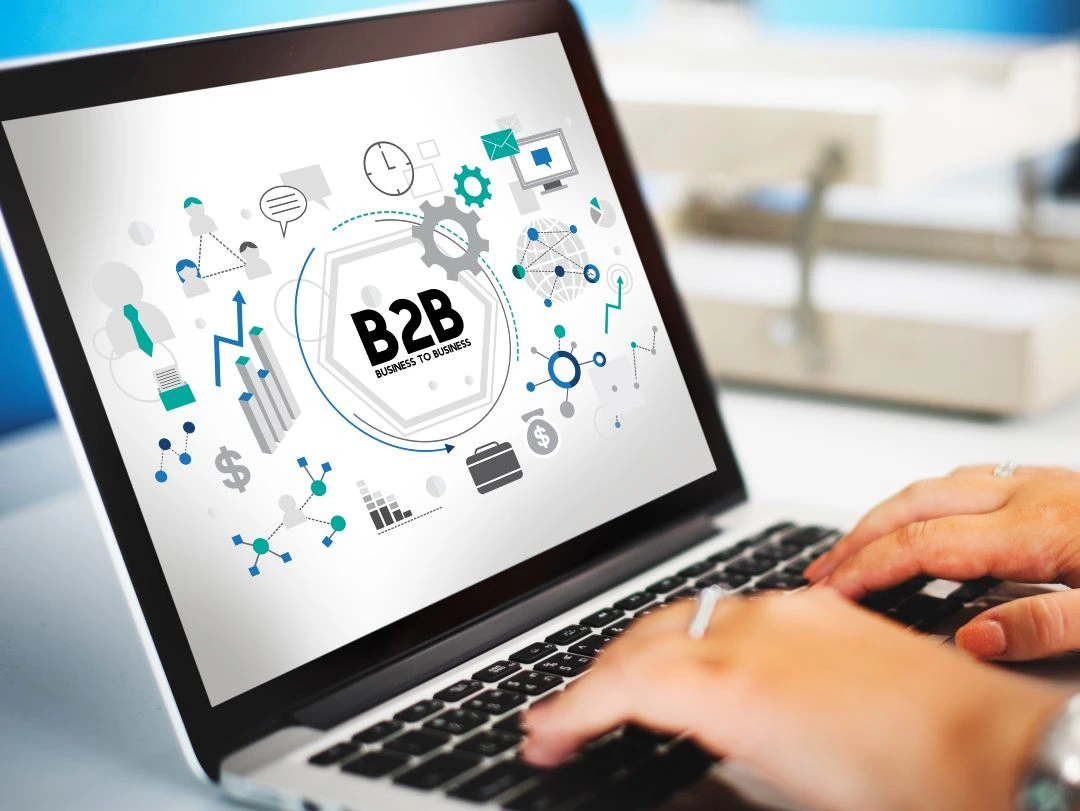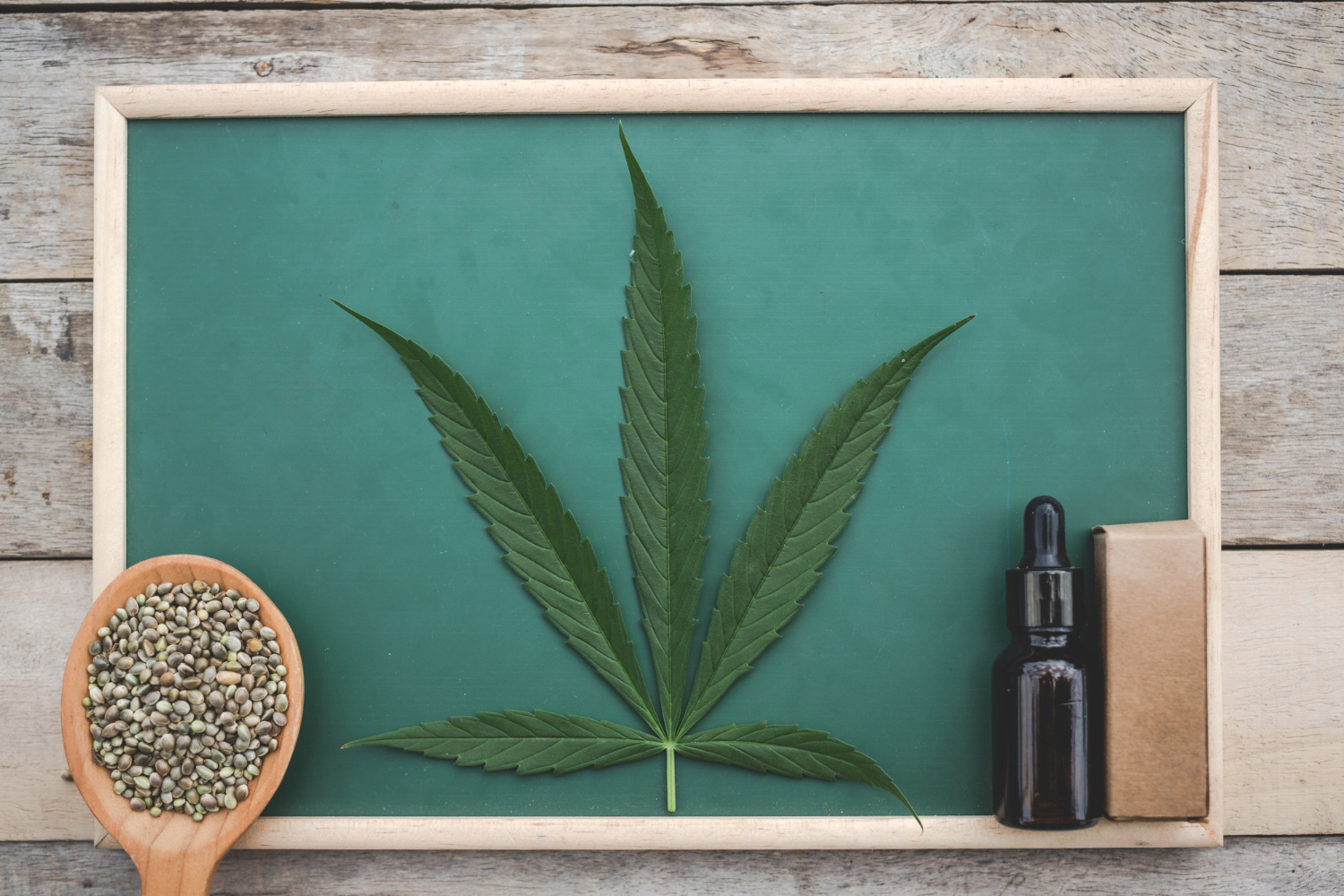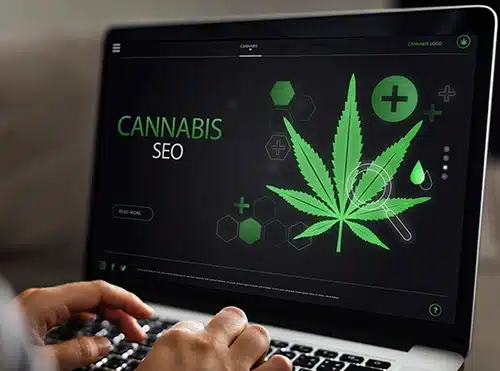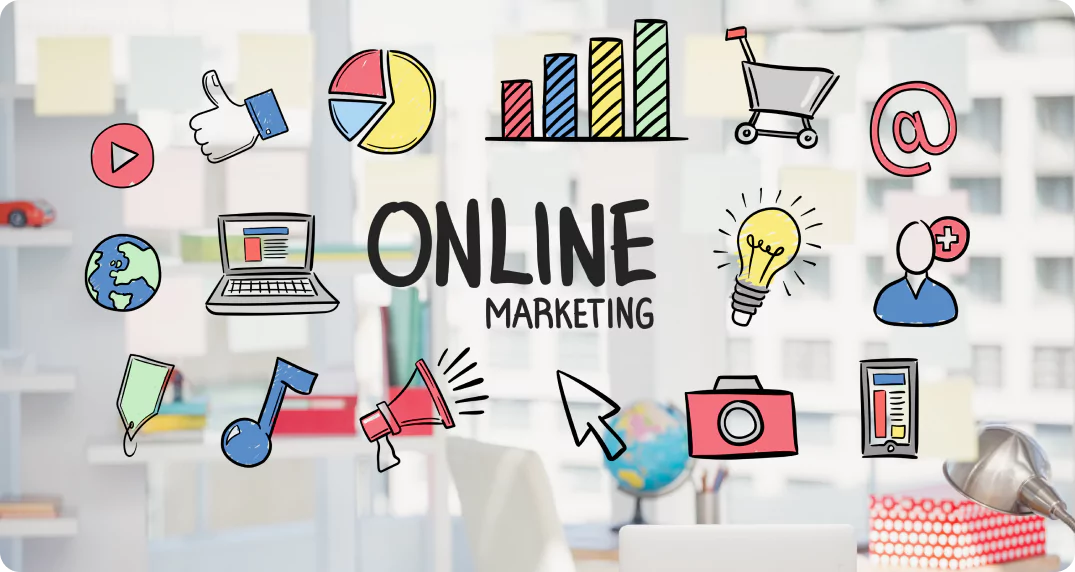Listen to article
Are you struggling to keep up with the ever-increasing complexity that defines today’s digital marketing landscape? You’re not alone. In an era where consumers are bombarded with countless messages daily, it’s becoming increasingly difficult to break through the noise and make a lasting impact.
One of the biggest challenges facing marketers is determining the optimal number of digital campaign touchpoint benchmarks needed to drive engagement without overwhelming potential customers. With B2B and B2C strategies diverging, content engagement varying widely, and pay-per-click advertising demanding close scrutiny, navigating the digital landscape requires a strategic approach.
In this article, we’ll explore some key digital campaign touchpoint benchmarks, how to optimize your marketing automation to meet the needs of increasingly complex buyer journeys, how to improve lead generation and nurture them into sales.
B2B Marketing Automation and the Complexity Challenge
B2B marketers face unique challenges in leveraging marketing automation effectively due to increasingly complex buyer journeys. Many businesses aren’t fully capitalizing on their automation investments, and buyers are demanding more in-depth information before making decisions.
- A significant 41% of B2B businesses report that they are not maximizing the potential of their marketing automation systems. Source
- Decision-making in B2B purchases is becoming more collaborative, with 26% of buyers involving more people in the process. Source
- B2B buyers are conducting more thorough ROI analyses (44%) and spending more time researching purchase decisions (34%). Source
- B2B buying committees can range from 3 to 20 people, highlighting the need for broad and inclusive marketing strategies. Source
The increasing complexity of B2B buying processes requires marketers to optimize their automation efforts and provide comprehensive information to potential buyers. Failing to adapt to these trends can result in missed opportunities and ineffective marketing campaigns. Pro Tip: Focus on personalizing content and tailoring messaging to address the specific needs and concerns of each member of the buying committee.
One effective way to navigate these complexities is by implementing a B2B website strategy that aligns with the demands of modern decision-makers. A well-thought-out website strategy ensures that your platform serves as a central hub for personalized content, caters to the diverse needs of buying committees, and streamlines the buyer journey.
Lead Generation and Conversion Roadblocks in B2B Marketing
Achieving consistent growth in the B2B space is no easy feat. While technological advancements and data-driven strategies provide more tools than ever, the path to generating high-quality leads and converting them into revenue remains fraught with challenges. Competing priorities, increased buyer expectations, and longer sales cycles compound the complexity, leaving many marketers struggling to deliver tangible results.
- A whopping 84% of marketers prioritize driving new business, yet only 27% feel effective in achieving this goal. Source
- Nearly half of B2B marketers (48%) cite generating enough leads as a significant obstacle. Source
- Converting leads into revenue remains a hurdle for 24% of B2B marketers. Source
- Sales professionals also report growing challenges, with 69% stating that making sales has become harder over time. Source
Takeaway: Be a Strategic Problem-Solver
The statistics paint a clear picture of the uphill battle B2B marketers and sales teams face. To thrive in this increasingly competitive arena, it’s critical to shift from a quantity-focused mindset to a quality-driven approach. Building effective strategies to attract the right prospects, nurturing them with personalized content, and closely aligning marketing efforts with sales objectives can significantly improve outcomes. Additionally, addressing lead conversion challenges often requires auditing your sales funnel to identify bottlenecks and leveraging tools like AI-driven analytics to refine your processes.
Consider implementing account-based marketing (ABM) strategies to focus on high-value targets. By creating tailored engagement campaigns for decision-makers within specific companies, you can increase the likelihood of conversions while maintaining alignment across your marketing and sales teams.
Distinct Content Strategies for B2B and B2C: What Drives Engagement and Growth?
Crafting content is far from a one-size-fits-all endeavor. B2B and B2C brands approach content marketing with fundamentally different goals, audiences, and tactics. While B2C content thrives on emotional appeal and high engagement, B2B content focuses on delivering value-driven insights that influence decision-makers. By understanding these unique dynamics, marketers can fine-tune their strategies to maximize results and build stronger connections with their target audience.
- B2C blog posts outperform B2B by receiving approximately 9.7 times more shares, demonstrating elevated engagement levels in the B2C space. Source
- Blogging dominates B2B social media strategies, with 75% of B2B marketers using it, compared to 61% of B2C marketers. Source
- For B2C marketers, content marketing leads the pack, with 83% citing it as their top source of lead generation. Source
- In 2023, 58% of B2B marketers attributed increased sales to successful content marketing. Source
Takeaway: Align Strategy with Audience Intent
The contrast between B2B and B2C engagement isn’t just a matter of industry—it’s about understanding intent. B2C audiences crave shareable, emotionally resonant content that fits seamlessly into their everyday lives, while B2B audiences prioritize credibility, problem-solving, and actionable insights. Recognizing the different behaviors and needs driving each audience will empower your brand to create content that doesn’t just perform, but delivers meaningful business outcomes.
Diversify your content formats. While blogs and articles might dominate, integrating video explainers for B2B or interactive quizzes for B2C can elevate engagement. Experiment, analyze performance, and refine your strategy to stay ahead in the ever-changing content landscape.
Maximizing ROI: Insights into PPC Performance Benchmarks
Pay-per-click (PPC) advertising remains one of the most effective strategies for driving targeted traffic and measurable results. However, optimizing your campaigns demands a solid understanding of ROI benchmarks to ensure your budget is well spent. By aligning your strategy with industry performance metrics, you can generate higher returns while staying competitive in a saturated digital landscape.
- Companies investing in PPC advertising can earn an average ROI of $2 for every $1 spent on search ads. Source
- Businesses can make, on average, $3 in revenue for every $1.60 spent on AdWords. Source
The takeaway here is clear: PPC advertising delivers consistent and measurable ROI, but the key to unlocking its full potential lies in continuously fine-tuning your strategy. Whether it’s optimizing your keyword targeting, crafting compelling ad copy, or adjusting bids, the right tweaks can significantly enhance your campaign’s performance.
Pro Tip: To take it a step further, leverage tools like Google Analytics or PPC management platforms to uncover trends and patterns. Experiment with A/B testing on landing pages, and focus on high-intent keywords to further improve click-through rates and achieve a healthier ROI over time. For small businesses looking to scale their PPC efforts effectively, integrating digital marketing strategies for small businesses can provide a tailored approach to navigating competitive markets while maximizing returns.
Conclusion
Navigating the intricate web of digital campaign touchpoint benchmarks can feel daunting, but the data shows that smart planning leads to meaningful results. From fine‑tuning marketing automation systems to addressing lead generation gaps and improving PPC ROI, today’s marketers must embrace personalization and align their strategies with the complex realities of modern buyer journeys.
Success lies in crafting content and campaigns that resonate with the right decision‑makers at the right time. By leveraging insights into B2B behaviors and continuously refining your approach, you can ensure every touchpoint moves prospects closer to conversion.
Ready to capture and convert more leads? Enhance your strategy with our lead generation services and turn every campaign touchpoint into a revenue‑driving opportunity.
About Creating Digital Campaign Complexity: How Many Touchpoints Are Too Many?
This guide was written by the Scopic Studios team and reviewed by Araksya Hakobjanyan, SEO Lead at Scopic Studios.
Scopic Studios delivers exceptional and engaging content rooted in our expertise across marketing and creative services. Our team of talented writers and digital experts excel in transforming intricate concepts into captivating narratives tailored for diverse industries. We’re passionate about crafting content that not only resonates but also drives value across all digital platforms.
Note: This blog’s images are sourced from Freepik.










